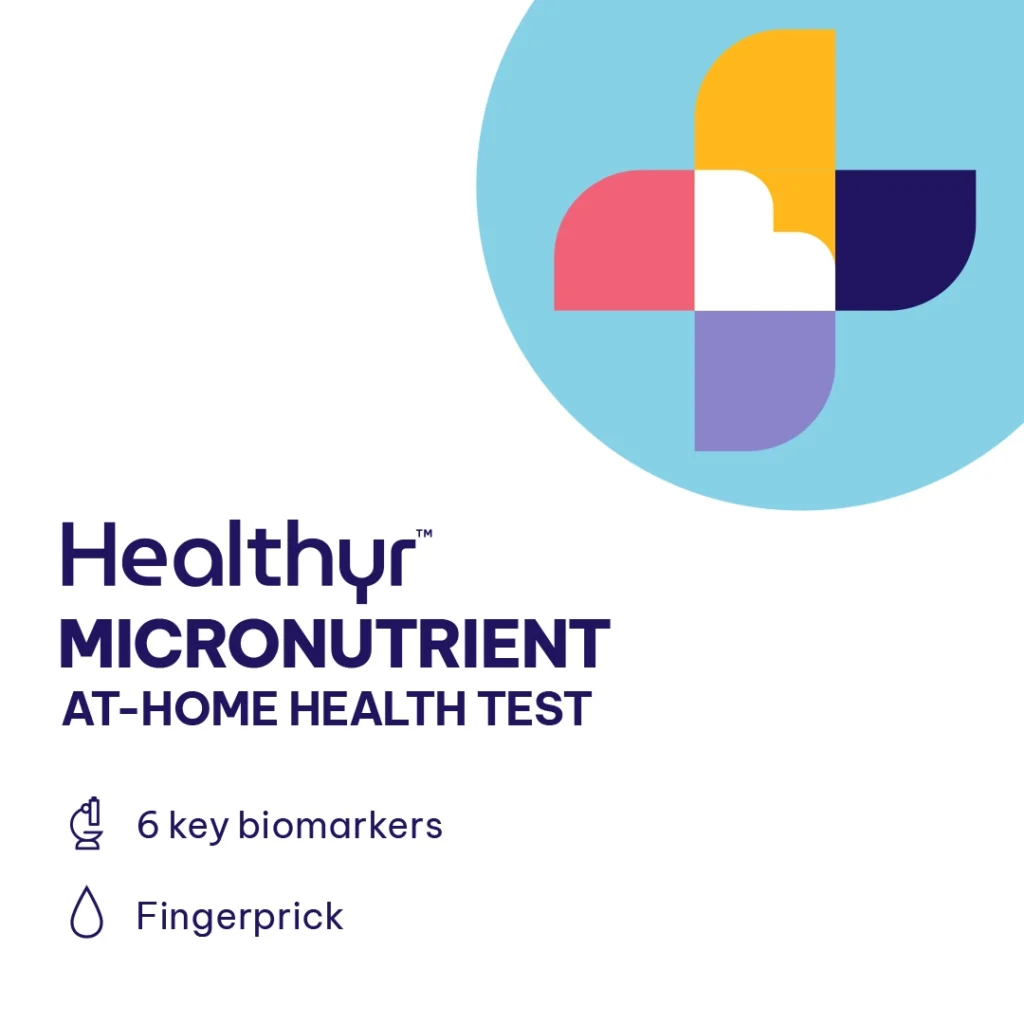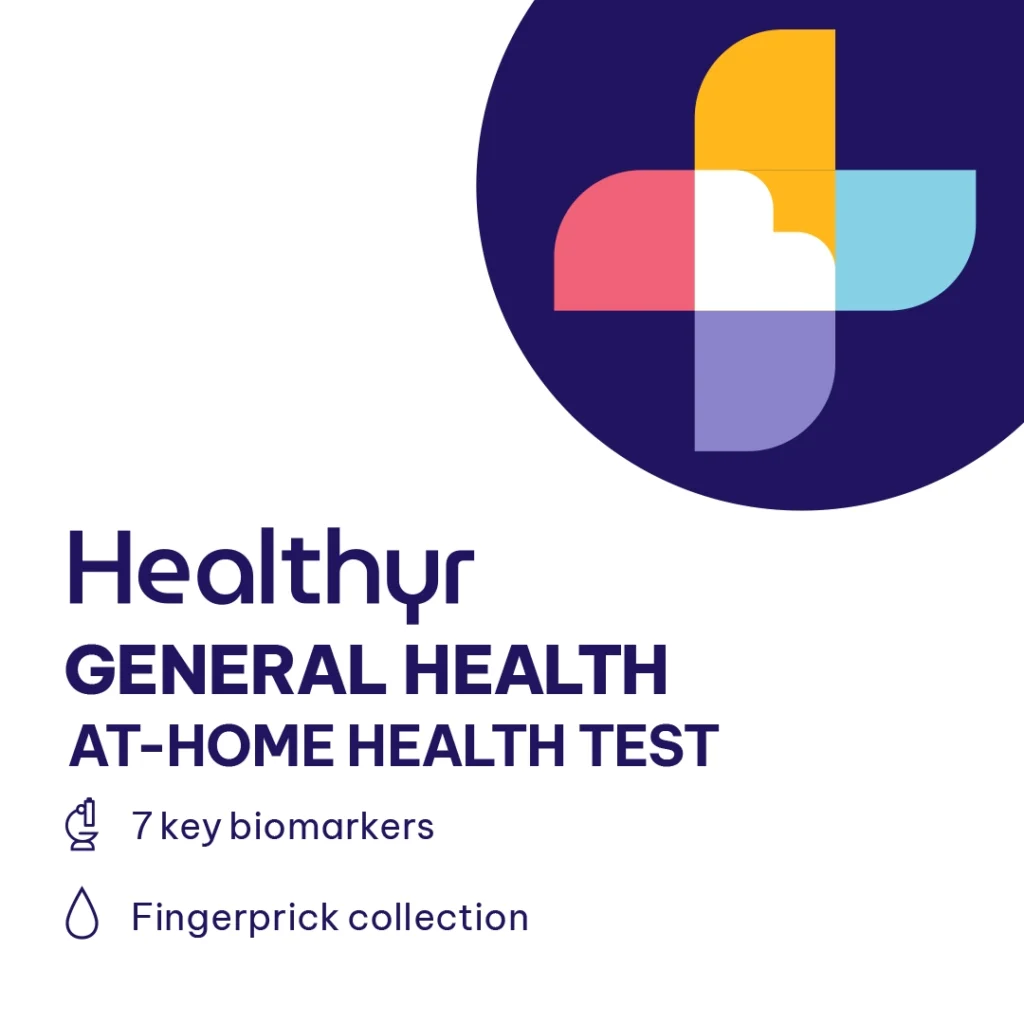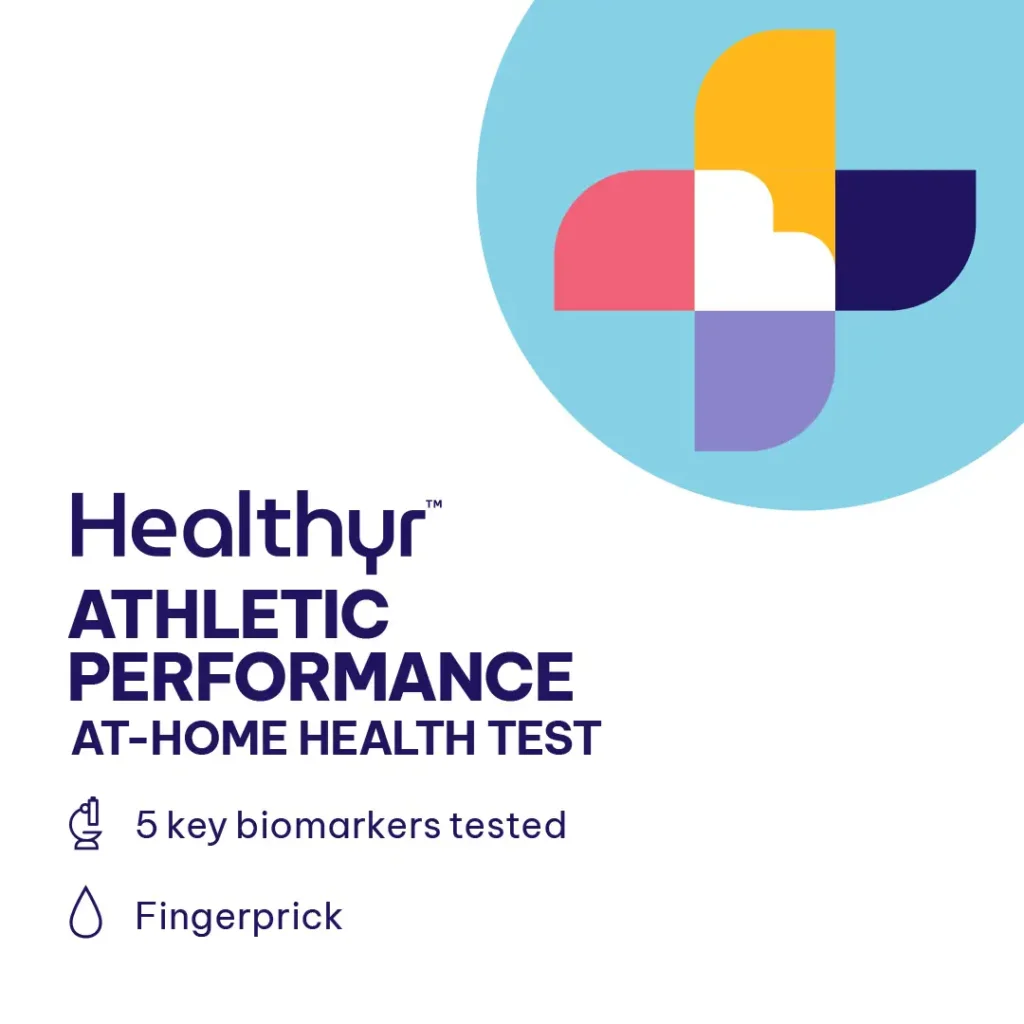When it comes to keeping tabs on our health, testing our biomarkers is a big deal. These are little biological signals that tell us how our body’s doing, whether everything’s normal, or if there’s something we need to address. This month we’re shining a light on one specific biomarker called Hemoglobin A1c (HbA1c). Basically, it shows us how healthy our blood sugar levels are and how well our treatments are working. By getting familiar with this little guy, we can all make smarter choices about our health.
Understanding HbA1c
Hemoglobin A1c (HbA1c) is a biomarker that measures the amount of sugar (glucose) attached to hemoglobin. Hemoglobin is an important protein that carries oxygen from your lungs to all parts of your body through your red blood cells. This binding occurs over a span of a few months, giving us a valuable measure of average blood sugar levels over time. When there’s too much sugar in your blood, it can cause damage to your blood vessels and organs over time, leading to health problems such as diabetes, heart disease, and stroke.
How is HbA1c Measured?
The test is simple and painless, requiring only a small blood sample from a vein in your arm or a quick finger prick at home. So, after you give a sample, it gets sent to a lab for testing to see how much HbA1c is in it. They usually give you the results as a percentage, which tells you how much glycated hemoglobin is there.
Interpreting HbA1c Results
Generally, a higher HbA1c percentage indicates poorer blood sugar control over the previous few months. It’s commonly used to assess long-term glucose management in individuals with diabetes. A lower HbA1c percentage is generally a good thing, showing that blood sugar levels have been under control. Working together with your doctor is really important when it comes to setting goals that match your specific needs. This is especially true since different factors can affect how the results of the HbA1c test are interpreted.
The Link Between HbA1c and Diabetes
When we eat food, our body breaks down carbohydrates into a type of sugar called glucose. This glucose then enters our bloodstream. Normally, our pancreas releases insulin to help move the glucose from our bloodstream into our cells, which keeps our blood sugar levels stable. However, for those with diabetes, this process doesn’t work as it should. Without enough insulin or insulin that doesn’t work properly, glucose stays in the bloodstream instead of being transported into the cells, which leads to high blood sugar levels.
Monitoring HbA1c to Manage Diabetes
HbA1c Targets and Goals
How Often Do You Need to Test?
If you have diabetes, you’ll likely need to get the A1c test done every three months. But if everything is looking good and your condition is under control, you might be able to stretch out the time between tests. Still, it’s a good idea to get checked at least twice a year, according to standard recommendations.
Wrap Up
Monitoring your biomarkers is just one part of the puzzle when it comes to maintaining your health. Eating a healthy diet, exercising regularly, and managing your stress levels are all essential components of a healthy lifestyle. In fact, when it comes to managing pre-diabetes and diabetes, lifestyle changes such as diet and exercise can be just as effective as medication in controlling blood sugar levels. Taking charge of your health and making these lifestyle changes can reduce your risk of developing serious health problems and improve your overall quality of life.
What has your blood sugar been up to lately? Get Healthyr’s HbA1c + Glucose test to find out your levels—important to know if you’re at risk for pre-diabetes or type 2 diabetes or managing diabetes.
Enjoyed the article? Share it!





